If you live the American dream during your holidays and go through Washington DC, think of visiting the most famous National Museum of Natural History!
The National Museum of Natural History in Washington DC is one of the most famous in America. With its millions of objects and specimens spread over more than 30,000 m2 of exhibition, it attracts more than six million visitors every year. This is one of the most popular activities in Washington, and in order to make the best possible visit, we have compiled all the necessary information!
History of the National Museum of Natural History in Washington
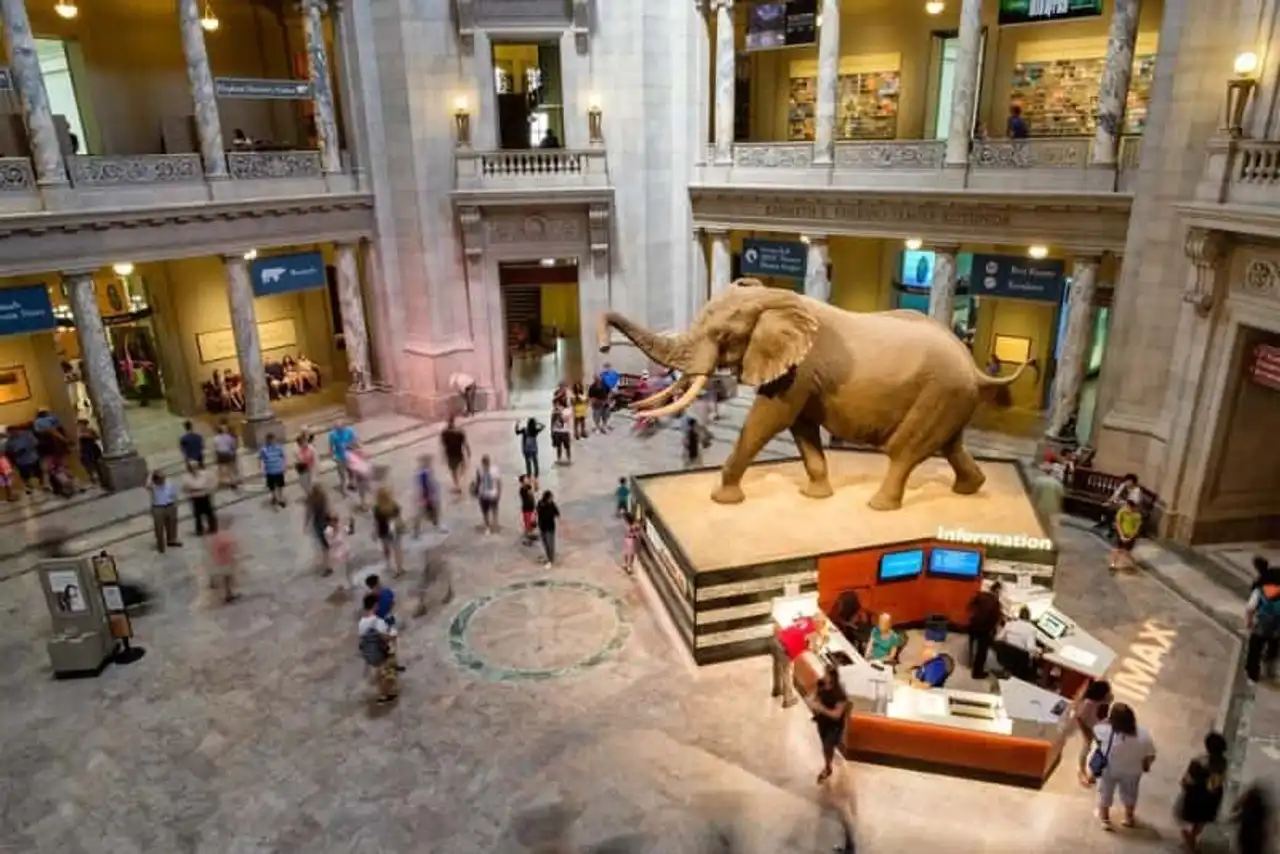
Photo credit: Shutterstock / Kamira
Before visiting the National Museum of Natural History in Washington, there is a small history of the place. This museum opened its doors in 1910 and was the first monument Smithsonian built to contain and expose national collections.
The history of this place is not without controversy, and many bavures by the directors and administrative secretaries have caused a lot of ink to flow into the newspapers. Nevertheless, the museum has always recovered, attracting more and more visitors every year.
Today, this place of culture and history employs more than 1000 people, employees and researchers, has 30,000 m2 of exhibition and 110,000 m2 reserved for temporary exhibitions and, above all, research areas.
Note: You may have an impression of already-view by entering the hall on the ground floor of the National Museum of Natural History in Washington, and if you have seen the films The night at the museum, then it is quite normal. In fact, these were realized, in part, inside this place.
What to see and do at the National Museum of Natural History in Washington?
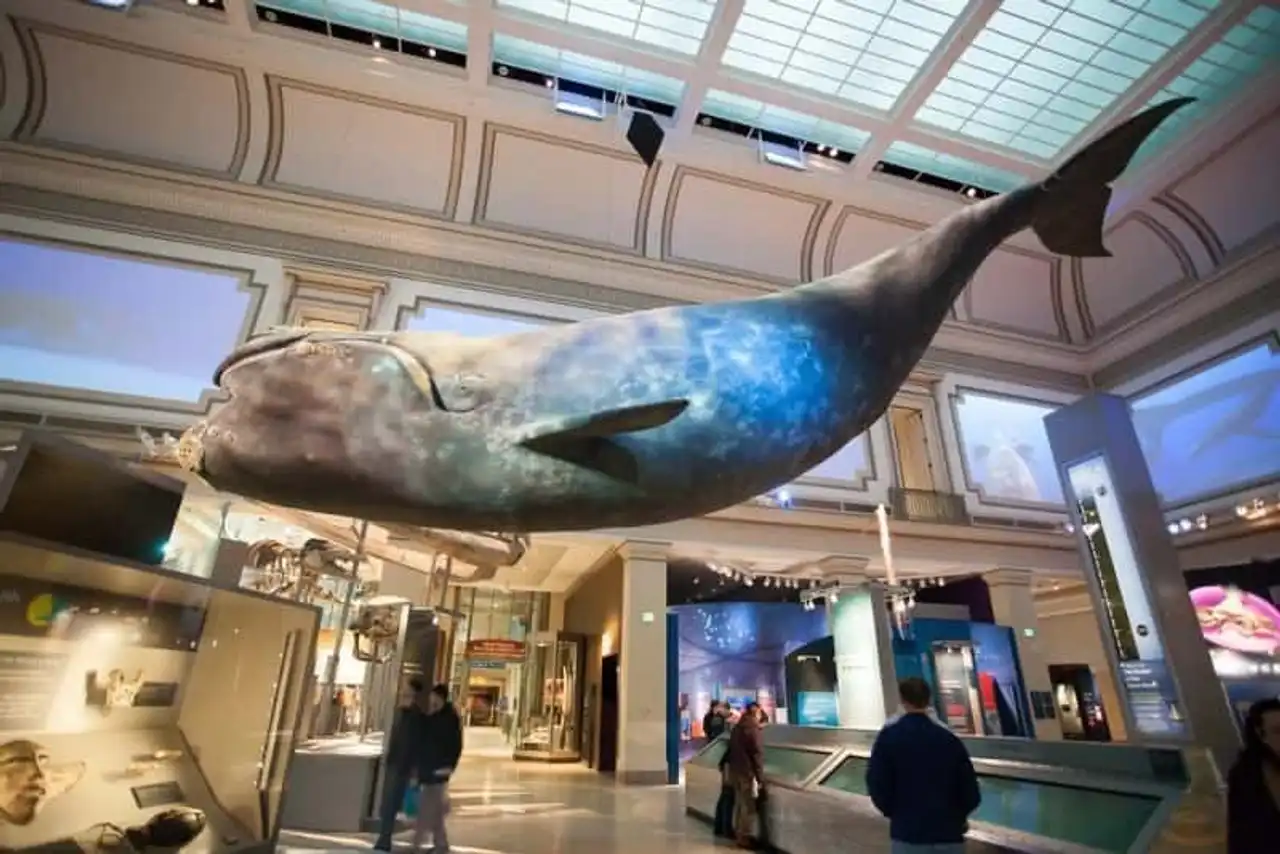
Photo credit: Shutterstock / Tinnaporn Sathapornnanont
If you are thinking of visiting the National Museum of Natural History in Washington and wondering what you will find, the answer is simple: more 35 million objects tracing both the history of Man and Earth, but also more 126 million specimens plants, animals, minerals and fossils.
The collection of stones and minerals
The National Museum of Natural History in Washington has many collections that contain the different periods of history, but the most impressive are those of minerals, fossils and the exhibition hall in relation to the marine world.
The collection of stones and minerals holds more than 35,000 minerals , but also 35,000 meteorites and finally 15,000 stones one in particular draws attention: Diamant Hope . This diamond of a little over 45 carats is sadly famous for its curse that would have caused the tragic end of all its owners since 1792.
The dinosaur section
The Dinosaurs section is full of complete specimens of these former predators who have walked on Earth millions of years before, including the most famous: Tyrannosaurus Rex . Some of the skeletons present are nature-sized reproductions, while others are real fossils exposed to the public, and this is one of the parts to see absolutely when you go to visit the National Museum of Natural History in Washington.
Ocean Hall
Finally, the Ocean Hall, totally dedicated to the marine world and its exploration, is full of impressive fishes and creatures, but it goes without saying that the two masterpieces of this part of the National Museum of Natural History in Washington are the two masterpieces. calamar giant female which is exhibited in the middle of the Hall, as well as the North Atlantic Whale 15 meters long and 55,000 kilos suspended from the ceiling of the room.
Live specimens
However, one of the aspects that distinguishes this museum from other natural history museums is probably its collection of live specimens, as well as the various activities proposed in relation to them. In fact, you will be able to see closely the meal of tarantula At 11:30 a.m. and 1:30 p.m., but also close to various species of butterflies in the pavilion reserved for them and observe many other insects and animals.
How to go to the National Museum of Natural History in Washington?
Although it is possible to go to the National Museum of Natural History in Washington by car, it is rather advisable to avoid personal vehicles for several reasons. First, the dense traffic in the city will probably slow you down and you will lose valuable tens of minutes, but moreover, the lack of parking space around the museum remains a big disadvantage.
The bus and the subway are therefore to be preferred, but here is the exact address of the museum if you want to take the car: 10th Street and Constitution Ave, Washington, DC 20560.
Metro
It is possible to take the blue, green or yellow metro to the Federal Triangle Station or the Smithsonian Station to get closer to the museum. However, you will still have to walk for a few minutes before you arrive at the monument.
Bus
Many buses pass near the museum:
- Bus X1, Ave NW & 10th St NW
- Bus 33 and 37, stop 10th St NW & Pennsylvania Ave NW
Note : If you want to walk in National Mall Before you go to the museum, you can take the following buses to Independence Ave & 12th St SW: 230, 250, 630, 725, D-300, G-100 and M-100.
Schedules & Rates of the National Museum of Natural History in Washington
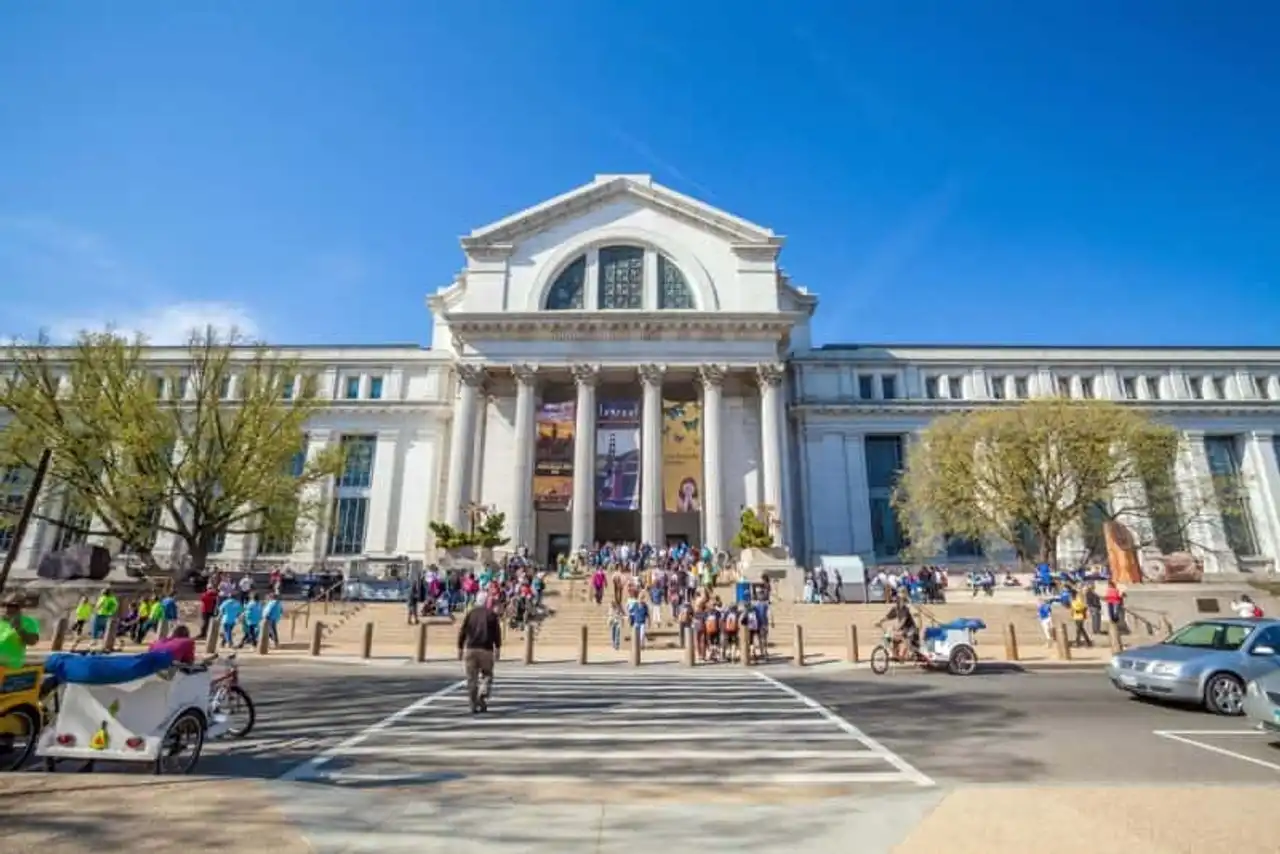
Photo credit: Shutterstock / f11photo
HORARI
- Weekly : 10 a.m. - 5 p.m.
- Saturday and Sunday : 10 h - 17 h 30
- Closed on 25 December
Note : in summer, the schedule changes slightly and from Thursday to Saturday and you can visit the museum until 7:30 p.m. instead of 5:30 p.m. or 5:30 p.m. With regard to the schedules of guided tours, we advise you to go to the official website of the museum or to the organization you have chosen for the occasion.
RATES
The museum entrance is free , but to make the most of your visit, we advise you to choose one guided tour to obtain more information and anecdotes on the specimens visible in the various exhibition halls of the National Museum of Natural History in Washington.
QUESTIONS
Q: How long does a visit last?
A: Generally, you have to count between two and three hours to see most of the rooms, but if you want a full visit and attend some activities taking place on site, then we advise you to book a full day to visit the National Museum of Natural History in Washington and to go there between 10am and 11am to have time to see all the rooms without rushing.
Q: Is it possible to eat on site?
A: If you plan to spend the day on site to enjoy all the rooms to the maximum, it is possible to eat in one of the restaurants, but also to bring your meal with you. Note, however, that you cannot keep it during your visit and you will have to leave your bag in a locker.
Q: Does the Museum of Natural History in Washington have parking?
A: No, but there are a few paid parking spaces within a 600-metre radius if you want to go by car, although the metro and buses are much simpler solutions.
Q: Can we enter the museum with a stroller?
A: Yes, it is possible to enter the building with a stroller.
Q: Can the museum suit children?
A: Yes, indeed, activities are organized for children on the ground floor of the museum, and they are usually the youngest who most appreciate the visit of the various rooms, especially the part where the dinosaurs are located and that reserved for the underwater world.
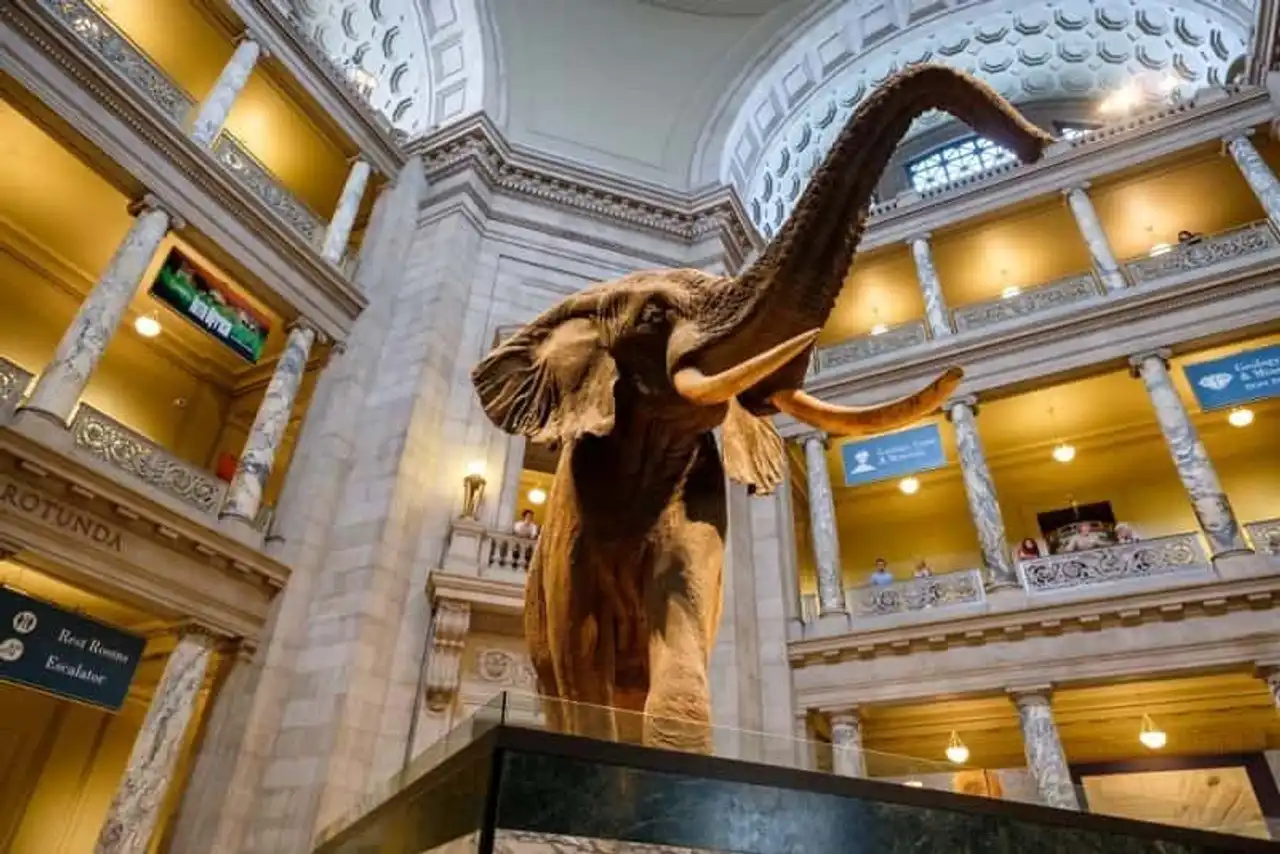




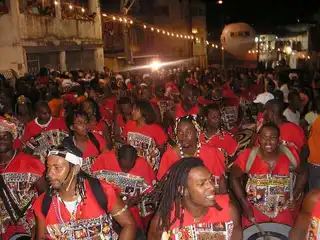
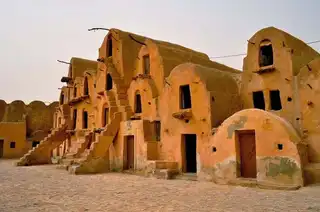
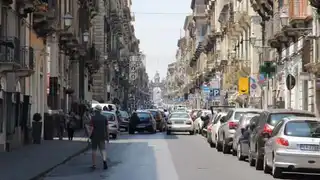
Loading comments ...